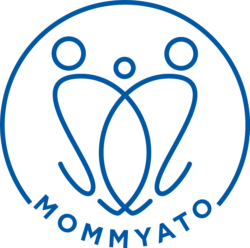
15 Jul Reducing the Risks of Newborn GBS Disease
Mothers who test positive for GBS and receive antibiotics during labor have a 1 in 4000 chance of a baby with GBS disease. Mothers who test positive for GBS and don’t receive antibiotics during labor have a 1 in 200 chance of a baby with GBS disease.²
July is Group B Strep (GBS) Awareness month; a good time to shed a little light on what it is and how to reduce the risk of GBS affecting your newborn.
GBS, otherwise known as Group B Streptococcus, is a bacteria that exists in our digestive system and female genital tracts. Some people are colonized with the bacteria, while in other people, it comes and goes. Testing positive for GBS doesn’t mean you’re sick, but it does put some people at risk for infections, especially people who are immune-compromised, like the elderly, sick, pregnant people or newborn babies.
When newborn babies get GBS, they can develop pneumonia, bloodstream infections or meningitis (inflammation of the brain and spinal cord). It’s usually contracted from their mothers during the birth process, since GBS lives in the vaginal birth canal. That’s why it’s routine for prenatal healthcare providers to test mothers for GBS between week 36 and 37 of pregnancy. Since the bacteria can come and go, or grow back quickly after antibiotics, screening for GBS is done at the end of pregnancy.
Screening is simple and involves a quick, painless swab of the vagina and rectum.
If a mother is positive for GBS, she’ll receive IV antibiotics during labor, before the membranes are ruptured. This is when the antibiotics are most effective. Mothers who test positive for GBS and receive antibiotics during labor have a 1 in 4000 chance of a baby with GBS disease. Mothers who test positive for GBS and don’t receive antibiotics during labor have a 1 in 200 chance of a baby with GBS disease.²
Learn more about how to address adverse infant health conditions.
Getting screened and receiving appropriate treatment significantly reduces the risk of GBS disease to your baby!
TIP: Vaginal douches, birth canal disinfectants, oral antibiotics, and antibiotics given before labor begins are NOT effective against GBS.
REFERENCES:
- American College of Obstetricians and Gynecologists (ACOG). February 2020. Prevention of group b streptococcal early-onset disease in newborns. https://www.acog.org/clinical/clinical-guidance/committee-opinion/articles/2020/02/prevention-of-group-b-streptococcal-early-onset-disease-in-newborns
- Centers for Disease Control (CDC). October 2022. Group b strep: fast facts. https://www.cdc.gov/groupbstrep/about/fast-facts.html
- Photo by Pixabay: Baby Laying Down on Bed. https://www.pexels.com/photo/baby-laying-down-on-bed-266055/



